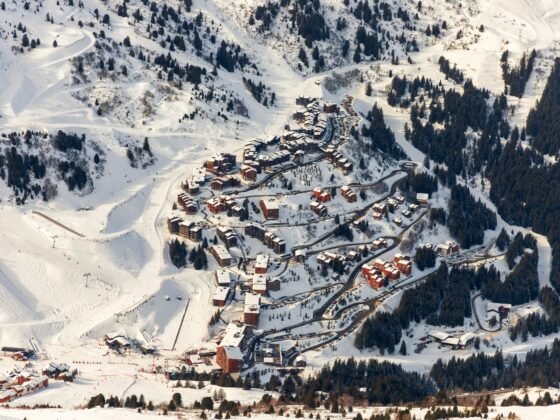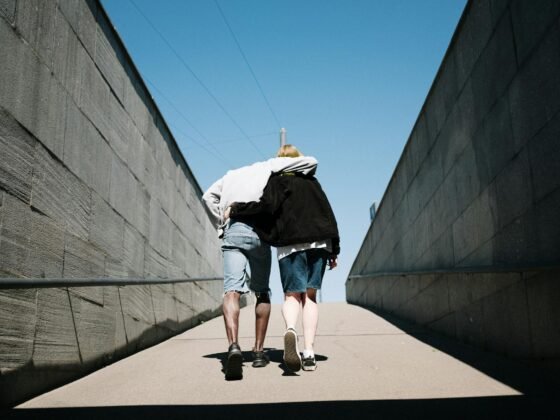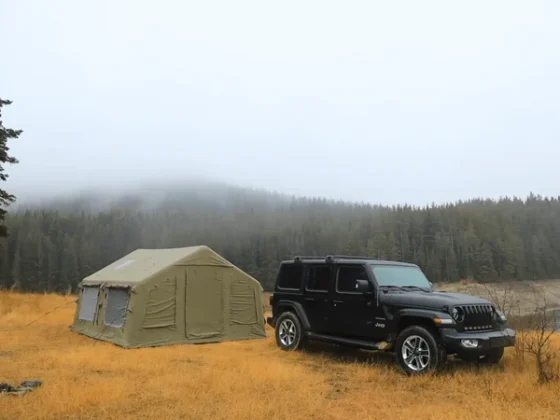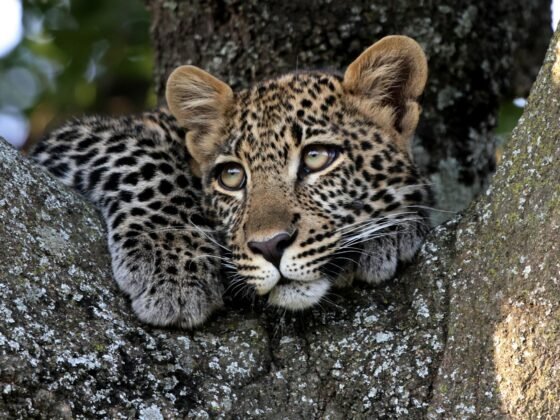Macedonia Adventure Travel Guide: Ideas and Inspiration
PureTravel Says: “The natural beauty and unique landscape of Macedonia make the country a wonderful travel destination. With scenery that boasts mountains, lakes, forests and rivers, it’s easy to see how Macedonia appeals to those who appreciate the outdoors. The country’s rich and diverse culture adds to the appeal of the area, which gives visitors an interesting glimpse into the customs and traditions of the locals. The country’s grand landscape also makes way for great nature explorations as well as trekking opportunities, where adventure-seekers can hike in the most remote areas of Macedonia and discover the land for themselves.”
Holiday Highlights
History & Culture - The culture of Macedonia gives an amazing look into diverse peoples, customs, and traditions. With many monuments, historical buildings, and native tribes found here, there are daily opportunities to learn and discover.
Nature & Wildlife - The natural surroundings of Macedonia offer some of the most beautiful and simple ways to explore a country. There are many rare plant and animal species found here in forests and national parks and along the rivers of the country. There are also additional remote areas that offer adventure seekers the opportunity to explore the most unspoiled and remote areas of Macedonia.
Winter Sports - In the colder months, Macedonia is a winter wonderland with many sporting opportunities to try. There are many areas, most in the mountain ranges of the country that offer breathtaking views of the scenery and diverse terrains for skiing. There are wonderful resorts in these areas that offer many modern amenities and make the winter in Macedonia shine.
Touring - Try a tour of your choice; there are varied trip lengths from five hours to five days in all regions in Macedonia. Hike Mt. Baba or other mountain massifs, walk a natural trail, journey to and around canyons such as the Canyon Matka, explore archaeological sites on a trip to village Kolesino, or take a short trek from the Vodno Mountain to several churches and river sites. There are specialty options available for all visitors.
When To Go
Landlocked Macedonia has a continental climate, which makes the summer months a good time to visit the country due to the warm weather. These months are the optimal times for trekking, exploring nature, and seeing the bare sites of the country. The winters of Macedonia get very cold, making travel more dangerous and difficult.
Top Tips
- Taxi cabs are not seen in Macedonia as often as they are in other locations, so it’s a good idea to note the details of a good taxi company once you arrive in the country.
- Say “Dobro utro” to say “good morning” in Macedonian.
- Check with your government’s travel advice for tips on areas to avoid in the country and typical customs to follow.
Holidays In Focus
History and Culture - Macedonia, the Former Yugoslav Republic, is a mountainous land located in the heart of the Balkans. It is dotted with beautiful valleys and pristine lakes. It has a strong Hellenic heritage and its churches and mosques include many fine examples of art and architecture from the Byzantine and Ottoman eras. It is an absolute treasury of cultural legacy. Macedonia offers a large number of cultural and historical monuments. In addition to churches and mosques, it offers archaeological sites and hoards of artifacts. The first Slavic alphabet and Slavic literature have their roots in Macedonia. There are many internationally recognized events held in the country including the Ohrid Summer Festival, the Struga Poetry Evenings, the Ohrid Balkan Festival, and the Galicnik Wedding. Macedonians still cherish their national folklore and their traditional arts and crafts. This appreciation is seen in their finely embroidered national costumes and the numerous craft shops located throughout the region.
Lake Ohrid, located in the southwestern part of Macedonia on the eastern shore, is the most popular tourist destination in the country. Ohrid offers beautiful beaches and an inviting atmosphere. It also has many historical monuments including Samuli’s Fortress and the Antique Theater. The fortress walls survive and now provide a venue for summer concerts, operas, and plays. Ohrid is always open to visitors and its financial system relies heavily on tourism.
The Church of St. Sophia, located in Ohrid, is one of the architectural works of art from the early time of Slavonic culture. It was restored by Archbishop Leo between 1037 and 1056 and its dimension and arrangement of the fresco-paintings in the sanctuary indicate it was originally built as a cathedral. The beauty of this church is much due to its exo-narthex structure, with its sweeping galleries and double towers ending in small domes.
By the late 13th century, a church was built in Ohrid to be dedicated to the Holy Virgin Periyleptos. This church enriched the range of architectural forms in Macedonia. It is a single-nave church built to an exact plan in which the largest mass of the structure was prudently designed to give a well-balanced appearance.
The capital of Macedonia is Skopje. It is Macedonia’s largest city and is located in the north on the Vardar River. This city includes many archaeological sites such as Skupi and the Skopje Aqueduct. With over 500,000 citizens, this city also offers modern tourist attractions like museums, cultural hubs, and sporting events.
The second largest city in Macedonia is Bitola. It is located in the southern part of the country and is considered to be the most “European” city in the country. Like Skopje, it has a rich history. It has one of the country’s largest archaeological sites, Heraclea Lyncestis. The city also offers many neo-classical buildings, Ottoman monuments, and a variety of old churches. Plus, for the shopper, Bitola offers a pedestrian street filled with a continual offering of stores and restaurants.
The largest city east of the Vardar River is Stip. It is located in the eastern part of Macedonia. This city originated over 2,000 years ago and provides visitors with many archaeological sites to explore. Stip is also home to the healing waters of the Kezovica Mineral Spa and is considered the main cultural and economic center of eastern Macedonia.
Wildlife and Nature - The location and climate of Macedonia make it an ideal place for visitors. The high mountains of Macedonia are striking backdrops and because of the vast variety of flora and fauna, some areas in the mountains have been deemed national parks. The climate zones in the country vary from moderately Mediterranean in the south (with warm summers and mild winters) to more seasonal in the north (with more noticeable seasonal changes). Skopje, with a population of 467,257 residents is the administrative hub of Macedonia. Other major towns are Bitola, Prilep, Kumanovo, Tetovo, Ohrid.
Macedonia offers outdoor enthusiasts plenty of opportunities to enjoy nature. There are several national parks and reserves to suit individual preferences. Pelister, Gallicica, the Ezereni Bird Sanctuary, Tikes Strict Natural Reserve and Lokvi-Golemo Konjari Strict Natural Reserve are some of the more popular areas. It is also known as “the land of lakes” due to the numerous tectonic, glacial and man-made lakes. There are approximately 50 lakes, both large and small, in Macedonia. Lake Ohrid, Prespa and Doiran are the largest lakes; there are also several prominent rivers that form three basins to hike around or to swim.
Pelister is located near Bitola in the southern part of Macedonia. It is a small national park consisting of the land surrounding Baba Mountain. There are two glacial lakes atop Baba Mountain for visitors to enjoy. Another National Park is Galicia. This park located amid Lake Ohrid and Lake Prespa is home to assorted vegetation and plentiful wildlife for visitors to enjoy viewing. It is the second largest national park in Macedonia. The Ezereni Bird Sanctuary offers bird enthusiasts the opportunity to watch over 120 different species of birds. This strict natural reserve is situated on the northern coast of Lake Prespa. Tikves Strict Natural Reserve is another area to be enjoyed by ornithologists. It is considered to be one of the most premier bird watching areas in Europe. This reserve is located roughly 30 km to the southeast of Kavadarci and covering approximately 100 square km, is home to 23 species of predatory birds with 17 of these species actually nesting in the area. Finally, this country offers Lokvi-Golemo Konjari Strict Natural Reserve near Krusevo. This area was once an enormous swamp and is now the remnant of that swamp is preserved in its natural state.
The town of Ohrid, located on Lake Ohrid, offers an historical and cultural heritage and is protected by UNESCO. There are a sizeable amount of historical and cultural monuments, lovely beaches, and lodging. The town of Struga is also located on Lake Ohrid. It is celebrated for its ancient architecture, the river of Black Drim, first-rate beaches, outstanding hotels and campsites. Another well-liked tourist destination is the basin of Lake Prespa. This area offers lodging in the Otesevo and Pretor town tourist centers. The smallest of the tectonic lakes is Lake Doiran. Its mild climate and warm waters are considered to have medicinal qualities. This area has several hotels and campsites along the lakeshore.
Winter Sports - Winter in Macedonia offers an abundance of opportunities to enjoy outdoor activities. With radiant mountains covered in snow, ice-covered valleys, and astonishing frozen waterfalls, the country is recognized for its notable winter sport centers that offer all of the facilities and equipment needed for skiing, snowboarding, snowmobiling, and more. Popular resorts include Krusevo, Popova, Pelister and Mt. Sar. All of these resorts offer ski lifts and cable cars. These attributes allow for easy viewing of the beautiful mountains. This country feature several areas with hot springs. There are over 60 such springs in and around Macedonia. Bansko, the Katlanova Spa, Negorci and the Kezovica Spa are some of the more popular thermal springs.
Classic Itineraries
- Visit the Church of the Holy Saviour or the Kursumli An in Old Town to view the of traditional architecture.
- See the Stonehenge-like rock structures of Kokino.
- Visit the 10-million-year-old stone pillars in the town of Kuklica.
UNESCO World Heritage Sites
- Natural and Cultural Heritage of the Ohrid region
Public Holidays
1 January - New Year
7 January - Christmas Day
March/April - Easter Sunday, Easter Monday
1 May - Labour Day
24 May - Saints Cyril and Methodius Day
2 August - Day of the Republic
8 September - Independence Day
11 October - Revolution Day
23 October - Day of the Macedonian Revolutionary Struggle
8 December - Saint Clement of Ohrid Day
Travel Resources
By Julie Bowman










